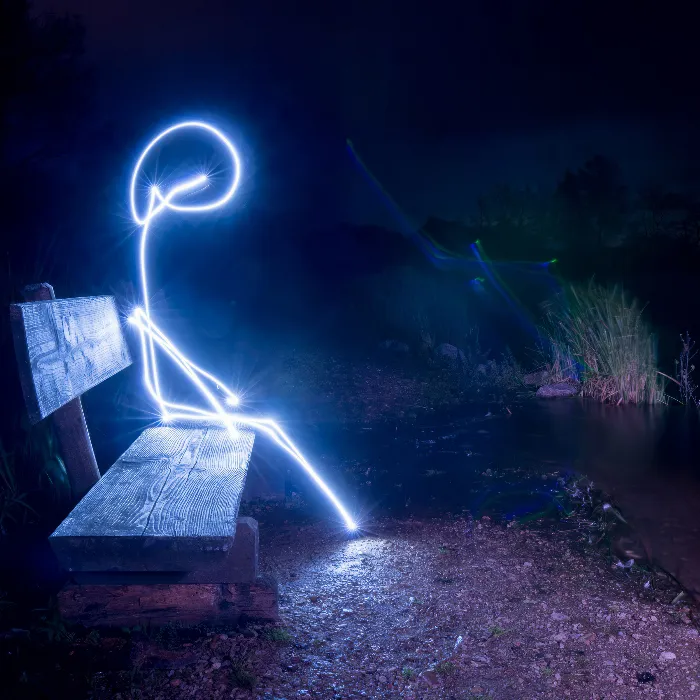The fascination of night photography captivates many photographers – from beginners to experienced professionals. In this tutorial, important techniques and tips will be conveyed to create stunning night shots. Whether you are just starting out with your camera or want to deepen your knowledge, this guide is just right for you.
Key Insights
- Selection of suitable camera techniques and light sources
- Tips for composing night images in urban environments
- Using available light for atmospheric subjects
- Creative lighting design with flash and other light sources
- Basics of post-processing for perfect night photos
Step-by-Step Guide
1. Basics of Camera Technique
To take impressive night photos, understanding the correct camera techniques is essential. Focus on the settings for aperture, exposure time, and ISO. A larger aperture allows more light in, while a longer exposure time extends the time the sensor captures light. A higher ISO value can brighten the image but also leads to more image noise.
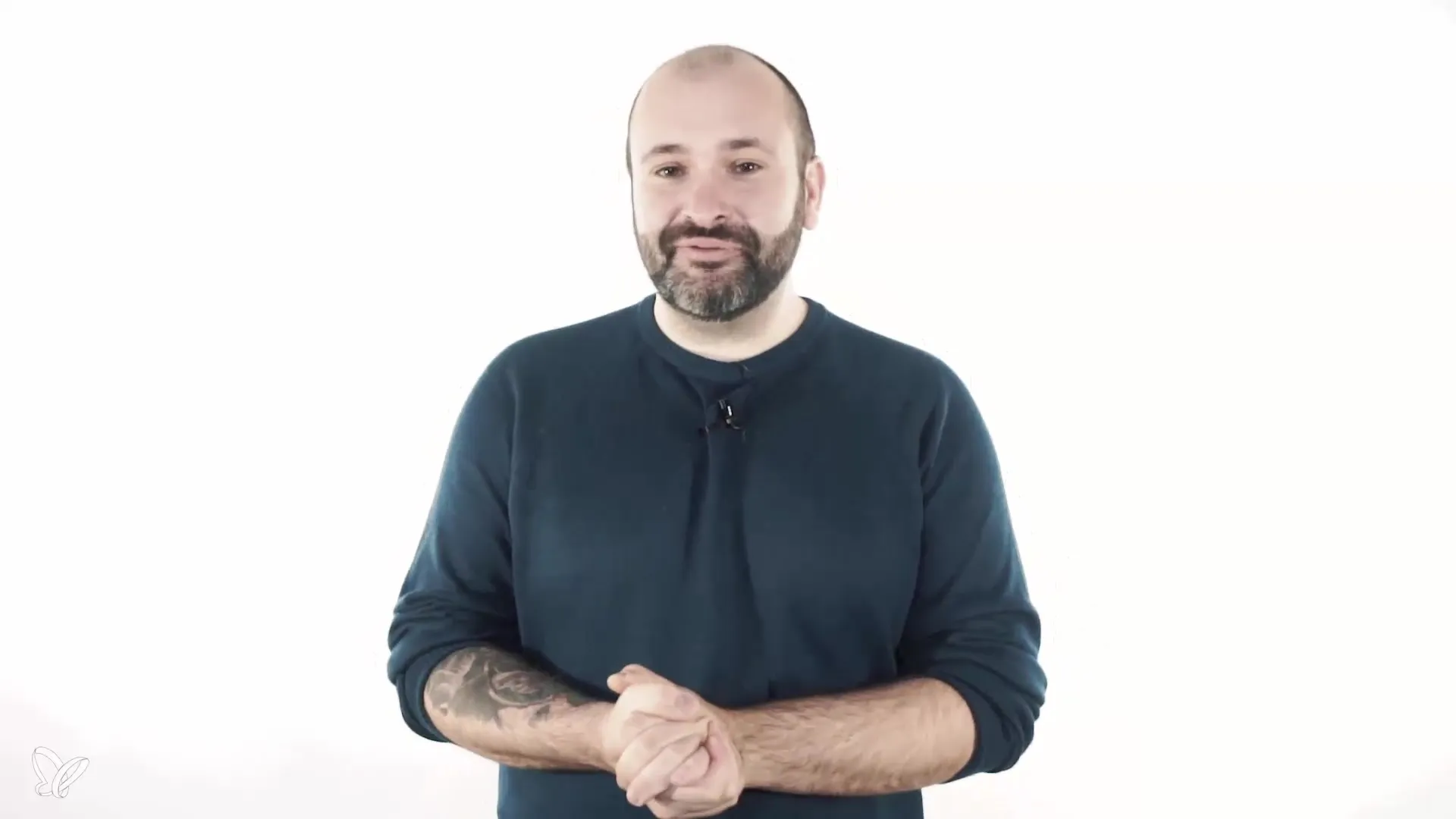
2. Lighting Techniques for Night Shots
At night, artificial light can be key to image composition. Explore the various light sources available to you. Streetlights, shop windows, and other light sources can create interesting effects. Pay attention to how the light affects the scene and use this to your advantage.
3. City Lights and Urban Motifs
In the second chapter of the tutorial, we dive into the fascinating world of city lights. Go to different cities and observe how you can use the urban environment for your shots. Experiment with different perspectives and settings to optimally capture the lights of the city.
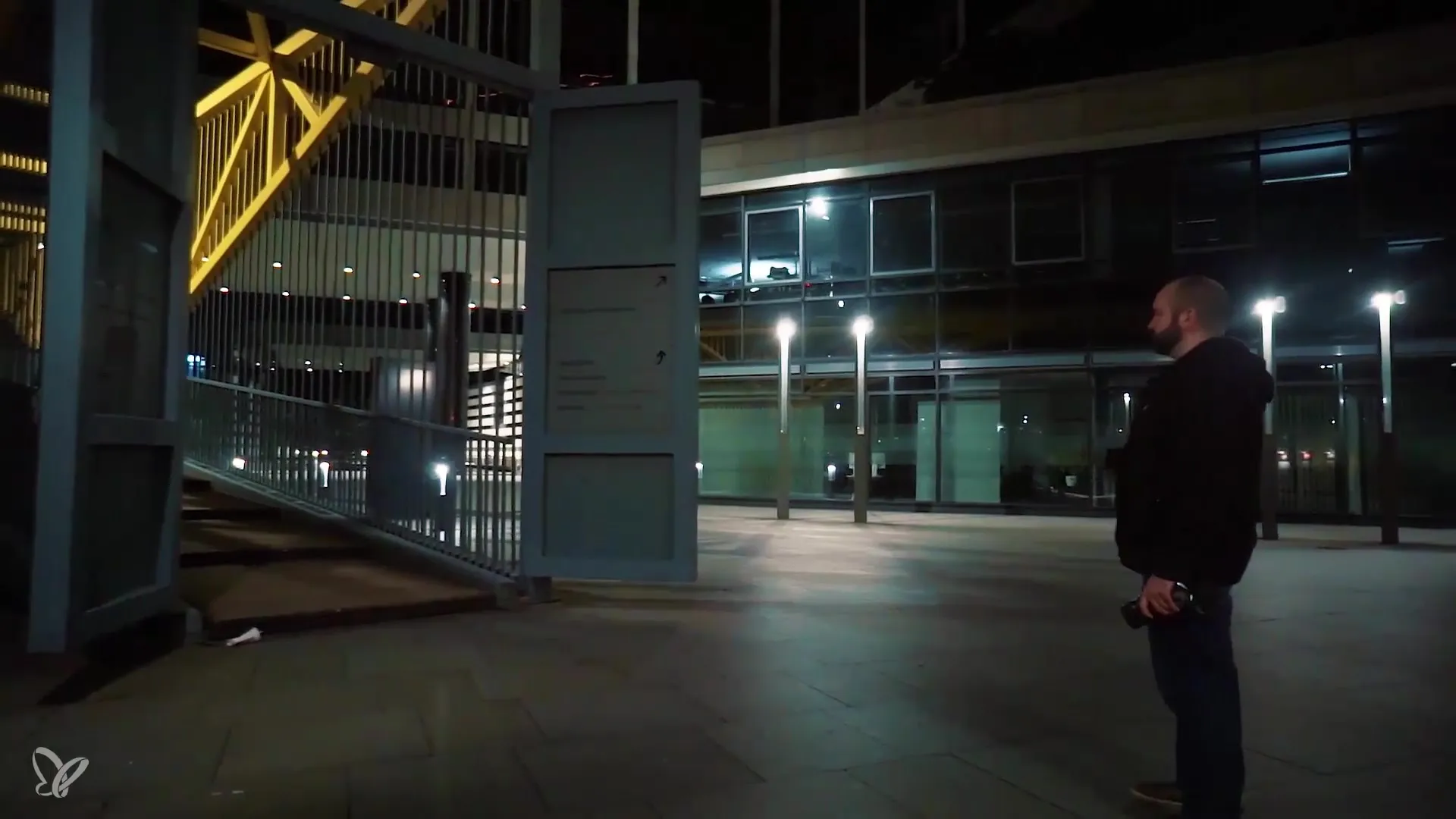
4. Using a Tripod and HDR
If you don't have a tripod at hand, you can also improvise by placing your camera securely on a stable surface. This allows you to use long exposure times without the image becoming shaky. Additionally, you will learn in the tutorial how to combine different exposures using HDR technique to achieve a harmonious image.
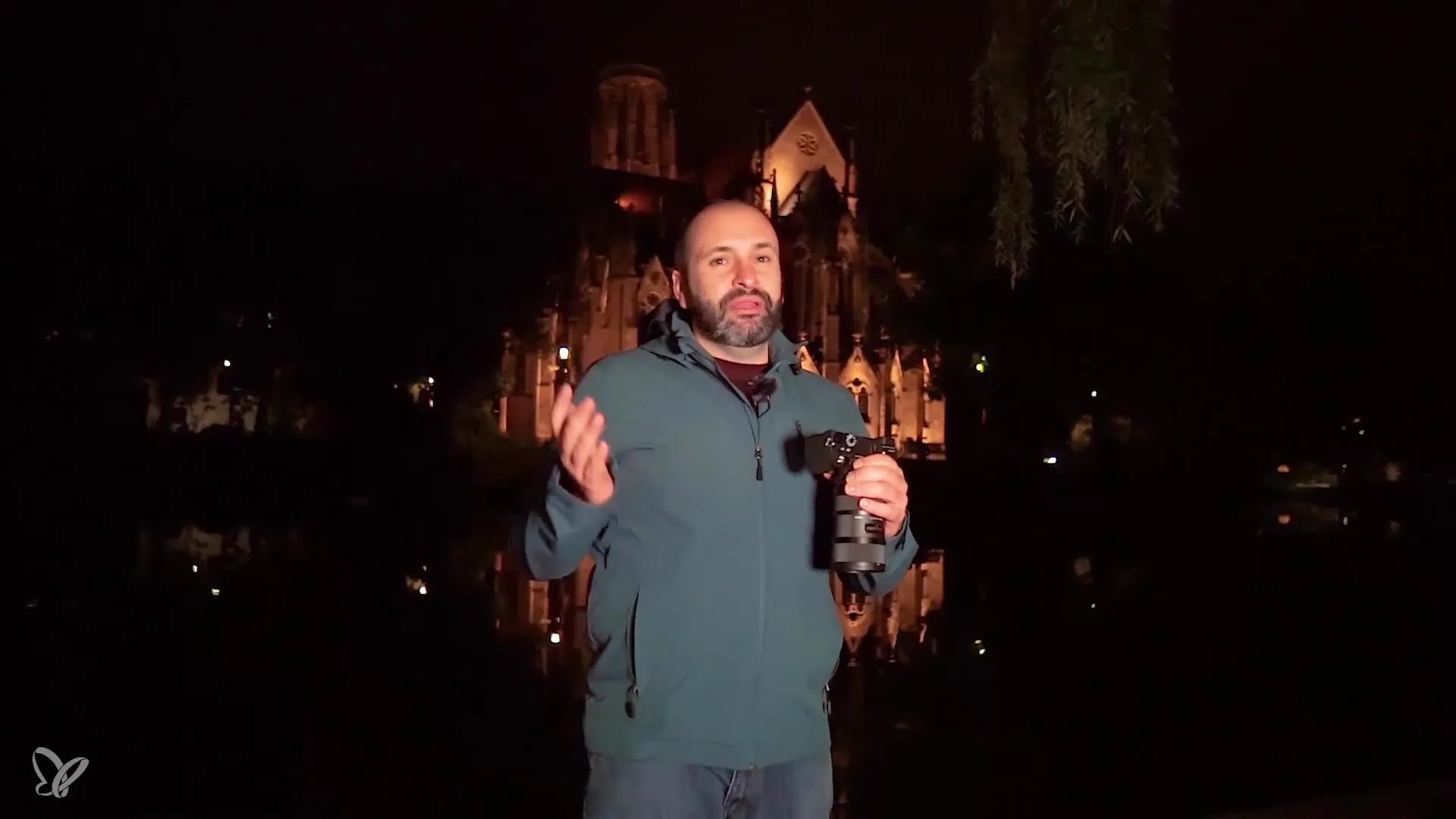
5. Portraits at Night
The challenge of photographing people at night lies in making optimal use of available light. Pay attention to how the lighting conditions influence the mood of the image. Use the natural light of the surroundings for creative portraits. Additionally, you will learn how to pay attention to shop windows to capture interesting reflections and light effects.
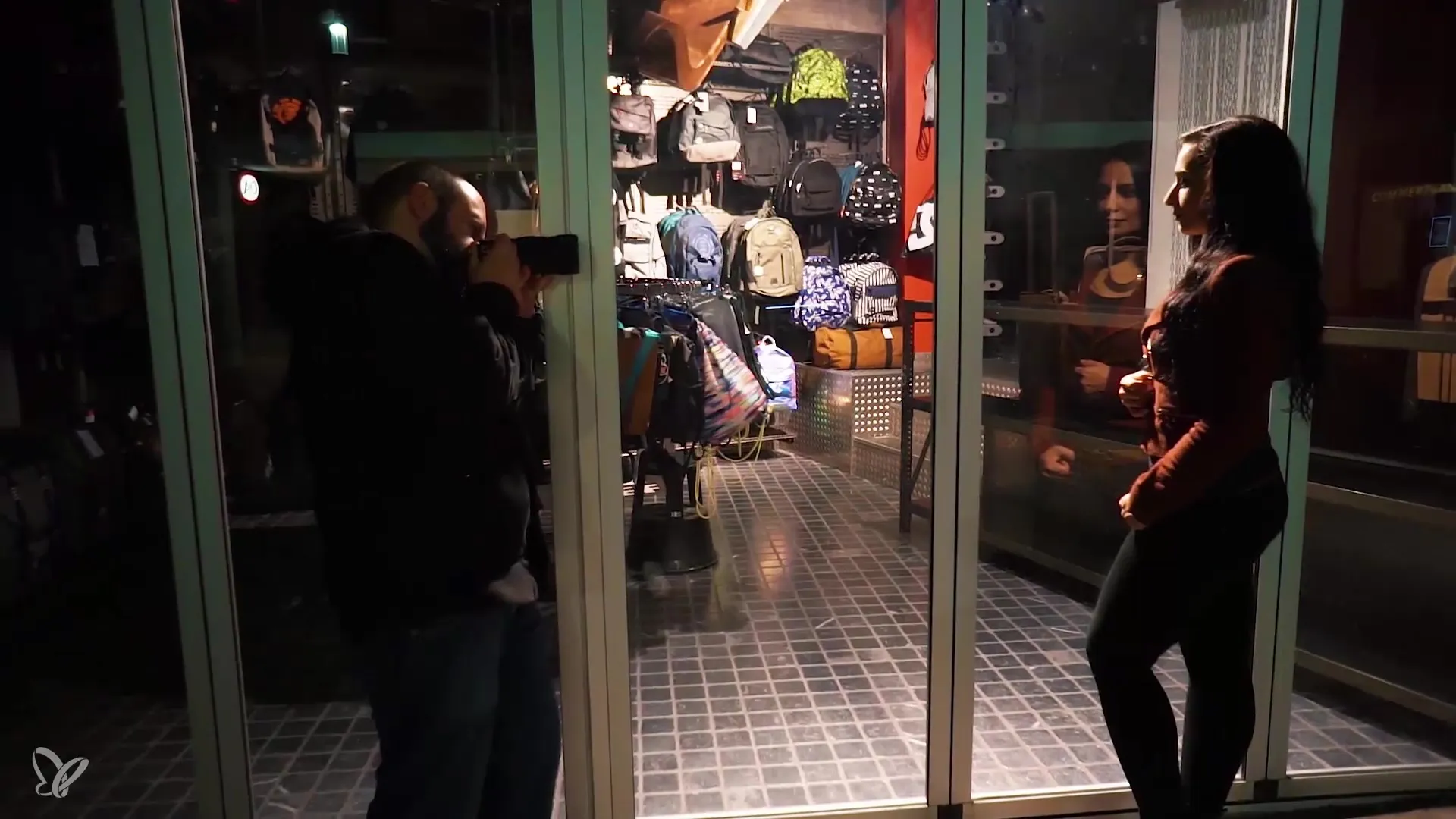
6. Creative Light Design with Flash
The interplay with light sources is an important aspect of night photography. In this step, you will learn how to create creative light effects with flash units. Test different settings and positions of the flash to create interesting light accents and influence the atmosphere of your images.
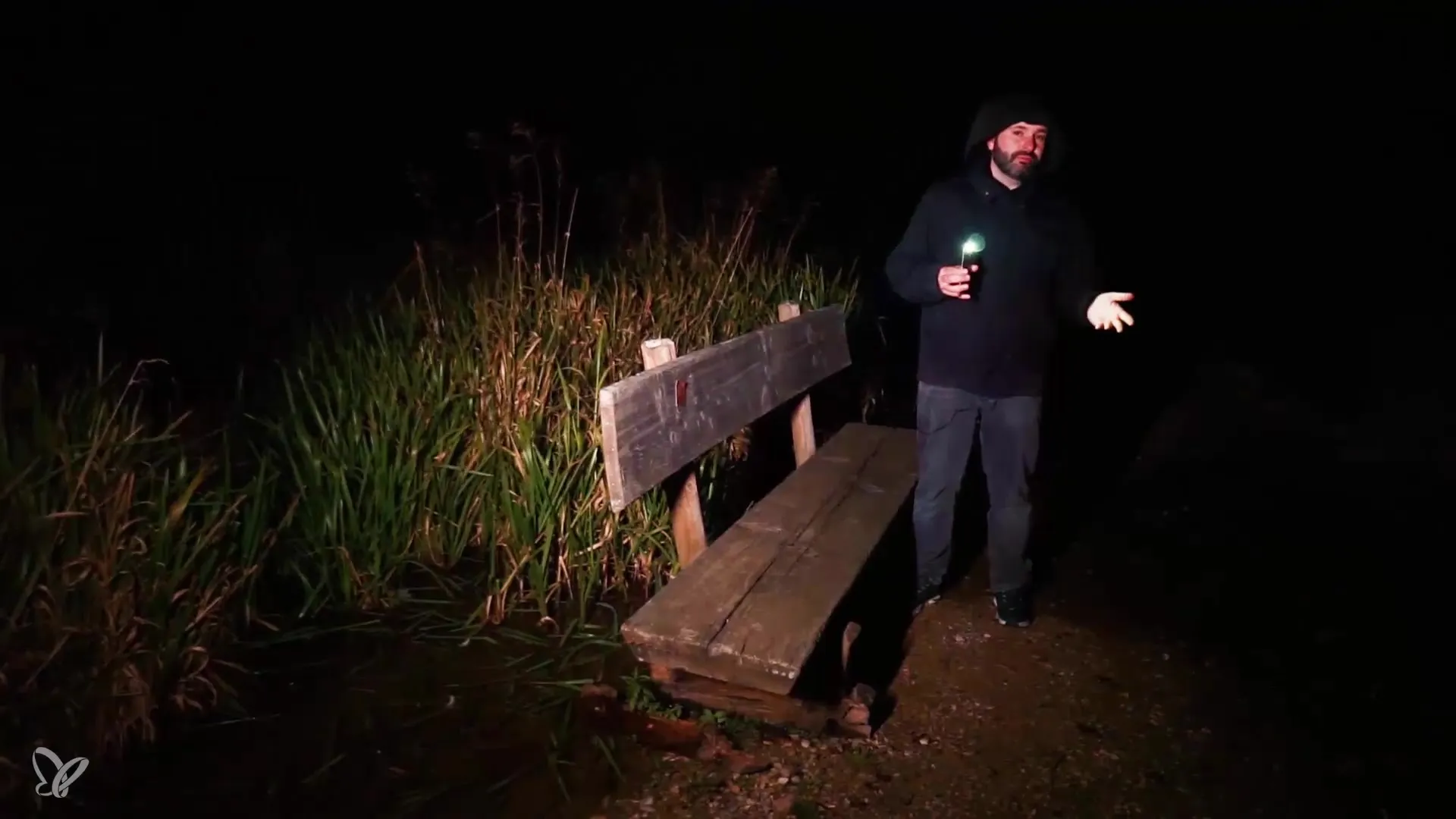
7. The Creative Part: Combining Light Sources
To further enhance your shots, I will show you how to creatively combine different light sources. Use handy flashlights to set targeted light accents or bring various colors into your look with an LED panel. Experiment with light trails by moving your camera during the exposure to create dynamic effects.
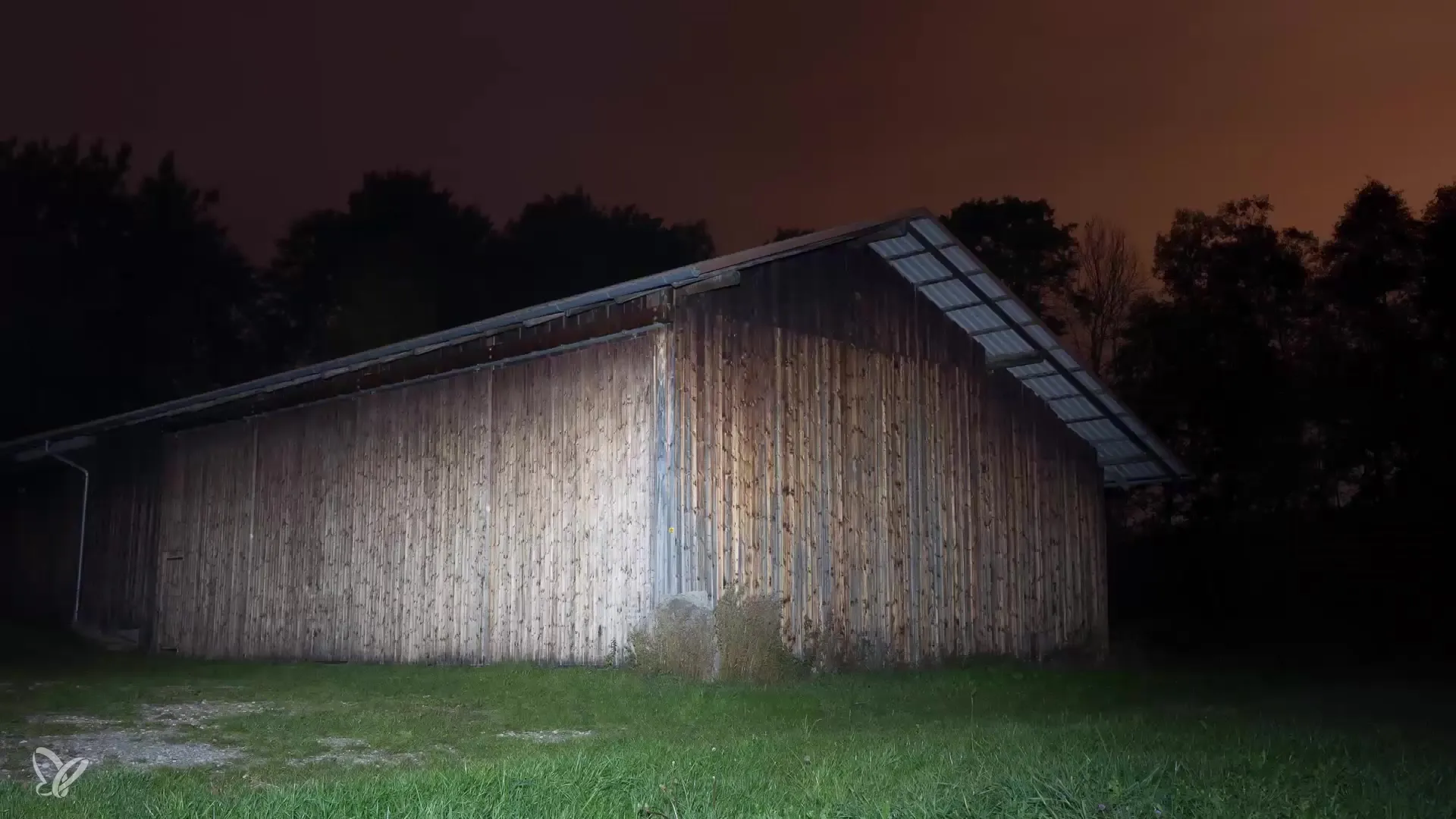
8. Post-Processing for Perfect Results
After you have taken your shots, post-processing is the next step. In the tutorial, I explain how to minimize noise in images, create HDR images, and perform overlay of different subjects. I also show you how to develop portraits and find a suitable look for your images.
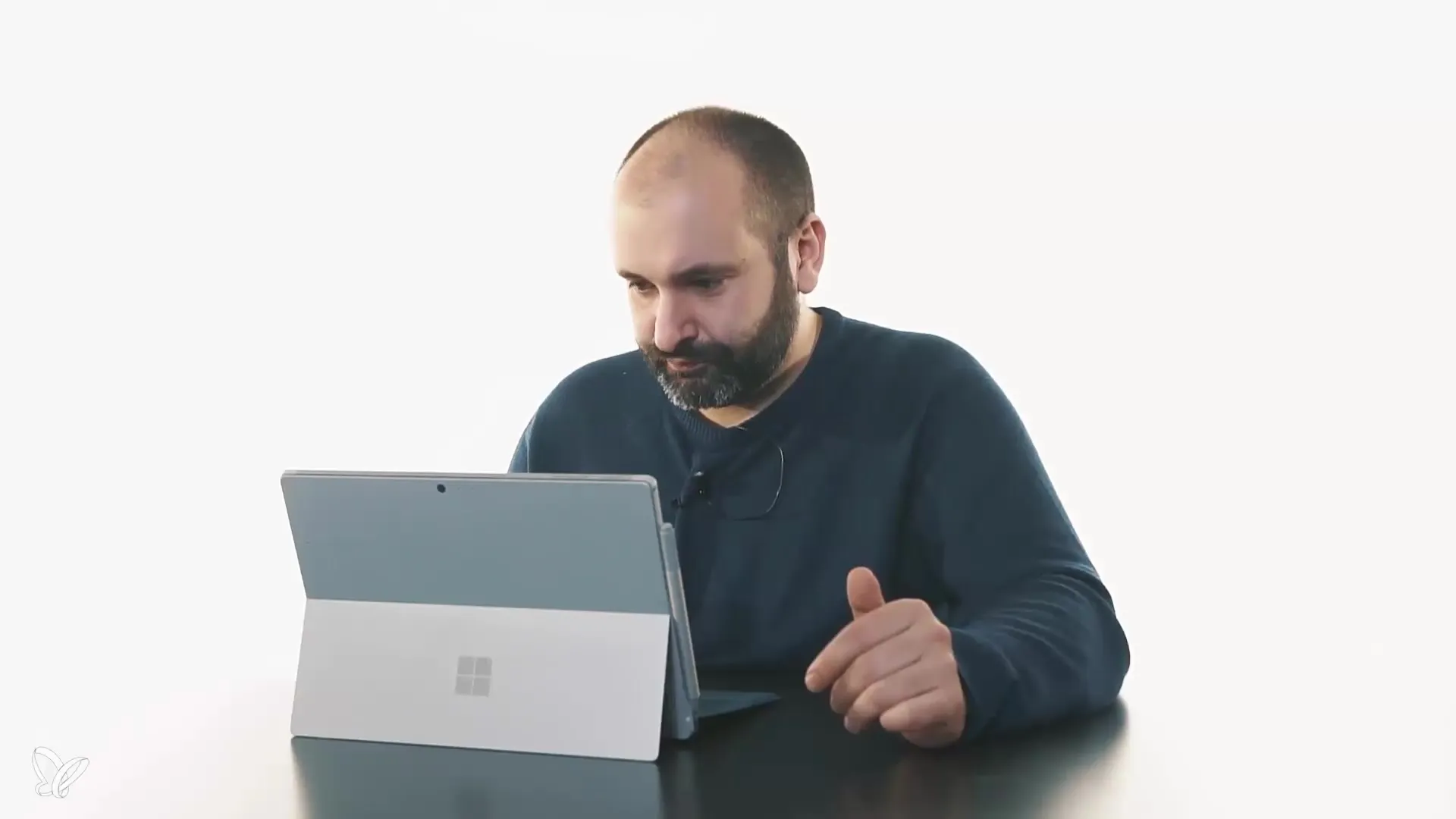
Summary - Night Photography: Techniques and Practice for Impressive Shots
The art of night photography requires specific knowledge about camera technique, lighting design, and post-processing. This guide provides a clear structure to achieve effective results and unleash your creativity.
Frequently Asked Questions
How can I choose the best camera settings for night shots?Experiment with a high ISO setting, an open aperture, and a slow shutter speed.
What are the advantages and disadvantages of night photography?Advantages include unique lighting conditions and creative opportunities; disadvantages are the risks of image noise and blurriness.
How can I shoot spontaneously without a tripod?Place the camera on a stable surface or use objects to stabilize it.
Which light sources are best for night shots?Use available light such as streetlights, shop windows, or use flashes to create creative effects.
How do I watch out for image noise and edit my images?Use image editing software to reduce noise and give your images an HDR effect.
